NEW HOGAN LAKE, Calif. - Where the Calaveras River runs behind A.A. Stagg Senior High School, in Stockton, Calif., it is a tamed, urban channel. Stagg senior Patrick Woodbury had never seen its source. One of about 50 students from Stagg exploring the river upstream at the Corps' New Hogan Dam Sept. 11, for Calaveras River Education and Appreciation Day, he was seeing it in a wilder state for the first time. "I had no idea it looked like this," he said.
Paid for by a grant through the U.S. Fish and Wildlife Service's Connecting People with Nature program, the educational event was designed to help students understand connections between the river's watershed and ecosystem, and the human relationship to it.
"Connecting these students with nature was the goal here," New Hogan Lake park ranger Gary Basile said. "It was a great opportunity to talk to these kids about the environment in their back yard, and expose them to careers in natural resources management. The students got to hear from so many of us who are involved with preserving this river, and we got a chance to get some perspective and catch up with our fellow agencies."
The Calaveras River pools at the Corps' New Hogan Dam before flowing on into Stockton, the city's main water supply. On nature walks led by biologists from Fish and Wildlife, the Fishery Foundation of California and Friends of the Lower Calaveras River, and Corps park rangers, students learned about the river's native animal and plant life, and the lifecycle of one of its imperiled species, the salmon.
For Kari Burr, a biologist with the Fishery Foundation of California, one important lesson for the students to understand is how their water-use affects the salmon.
"It's really important that they understand the life cycle of these fish (salmon), that they may not have realized are swimming through their back yard," she said. "They don't think about this stuff unless they see it. When they do, it gives them some ownership of this resource. If you don't know it's out here, how can you give a darn'"
Stagg biology teacher Marcus Sherman said the event was a unique opportunity to expose his students to the environment outside of the city.
"Many of these kids have never seen a native river location. It runs right behind the school, but they have no idea it could look like what it does here," he said. "There are careers in the outdoors. And it's something they should think about, and understand the things that are right outside their doors."
Donnie Ratcliff, event organizer and FWS fish biologist, said he also wanted to motivate the students to think about careers in natural resources management. But the big lesson, he agreed, was that people and nature are connected.
"If all it does it make them think before they open the faucet that the water comes from somewhere, that this watershed has a lot of purposes," he said, "they might be a little more thoughtful about their water use."
Related Links:
Friends of the Lower Calaveras River

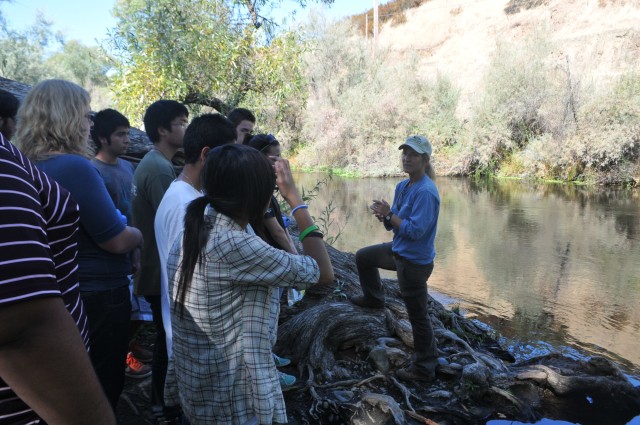
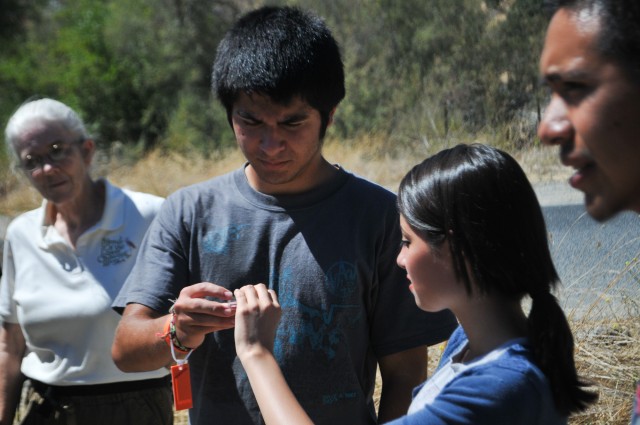
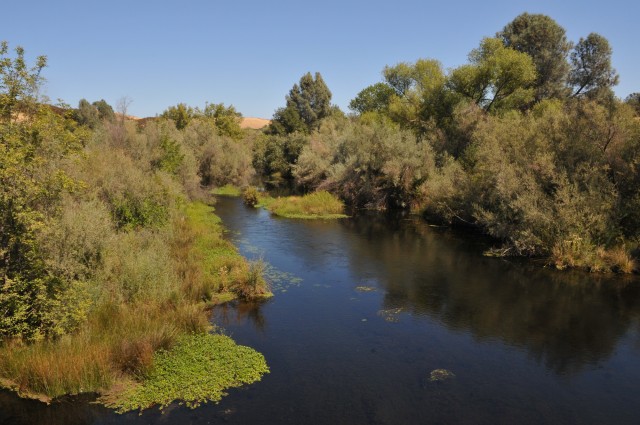
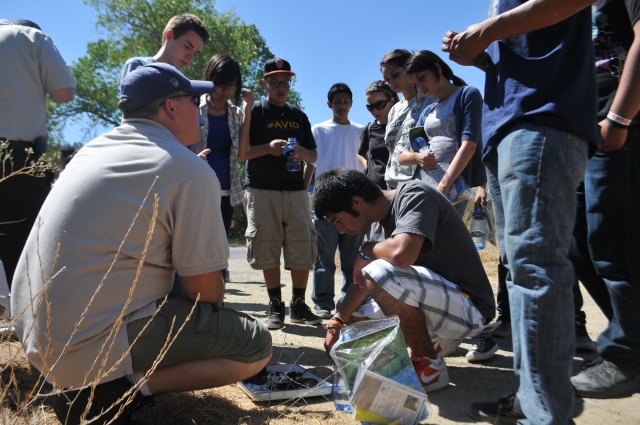

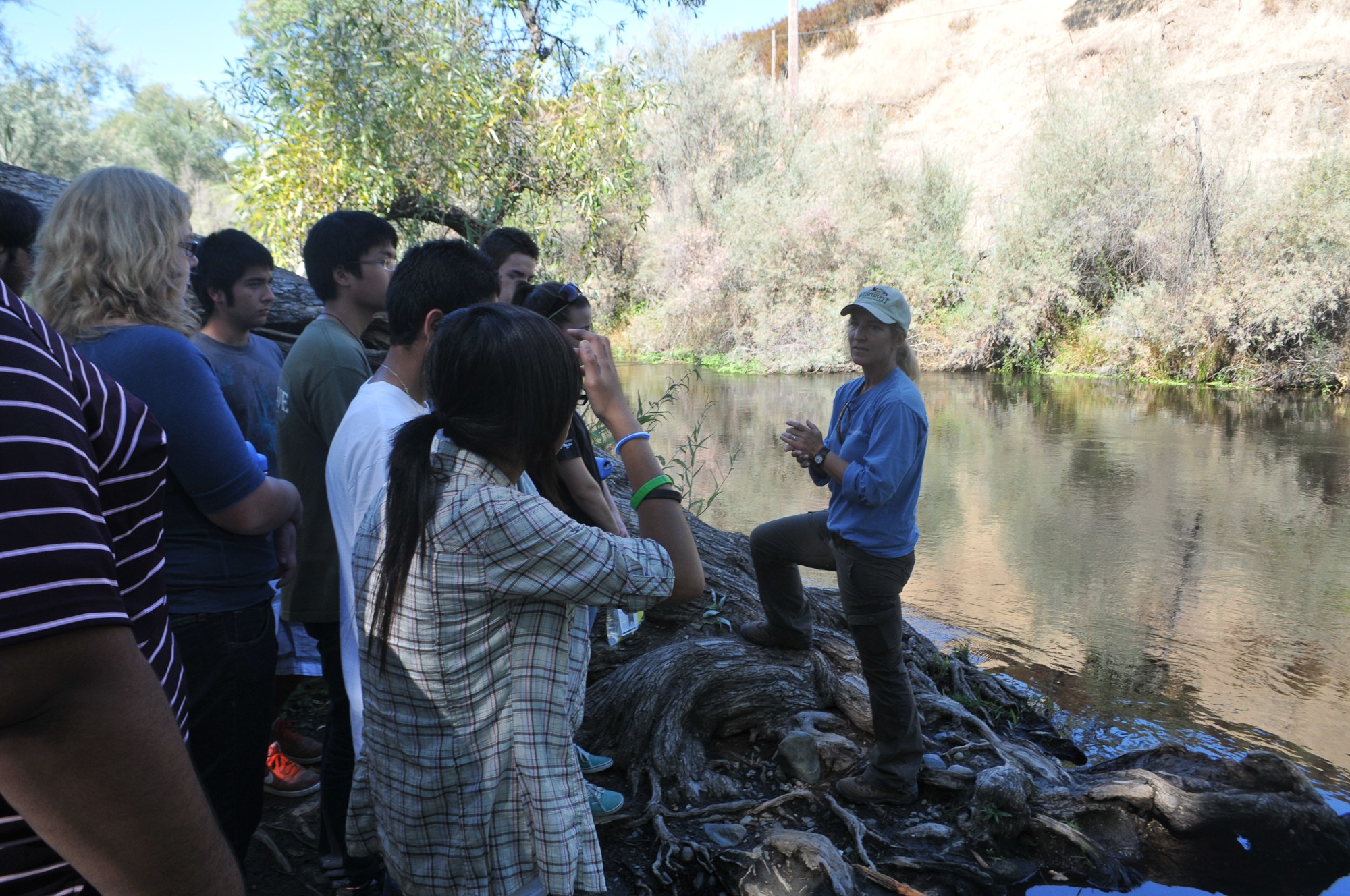
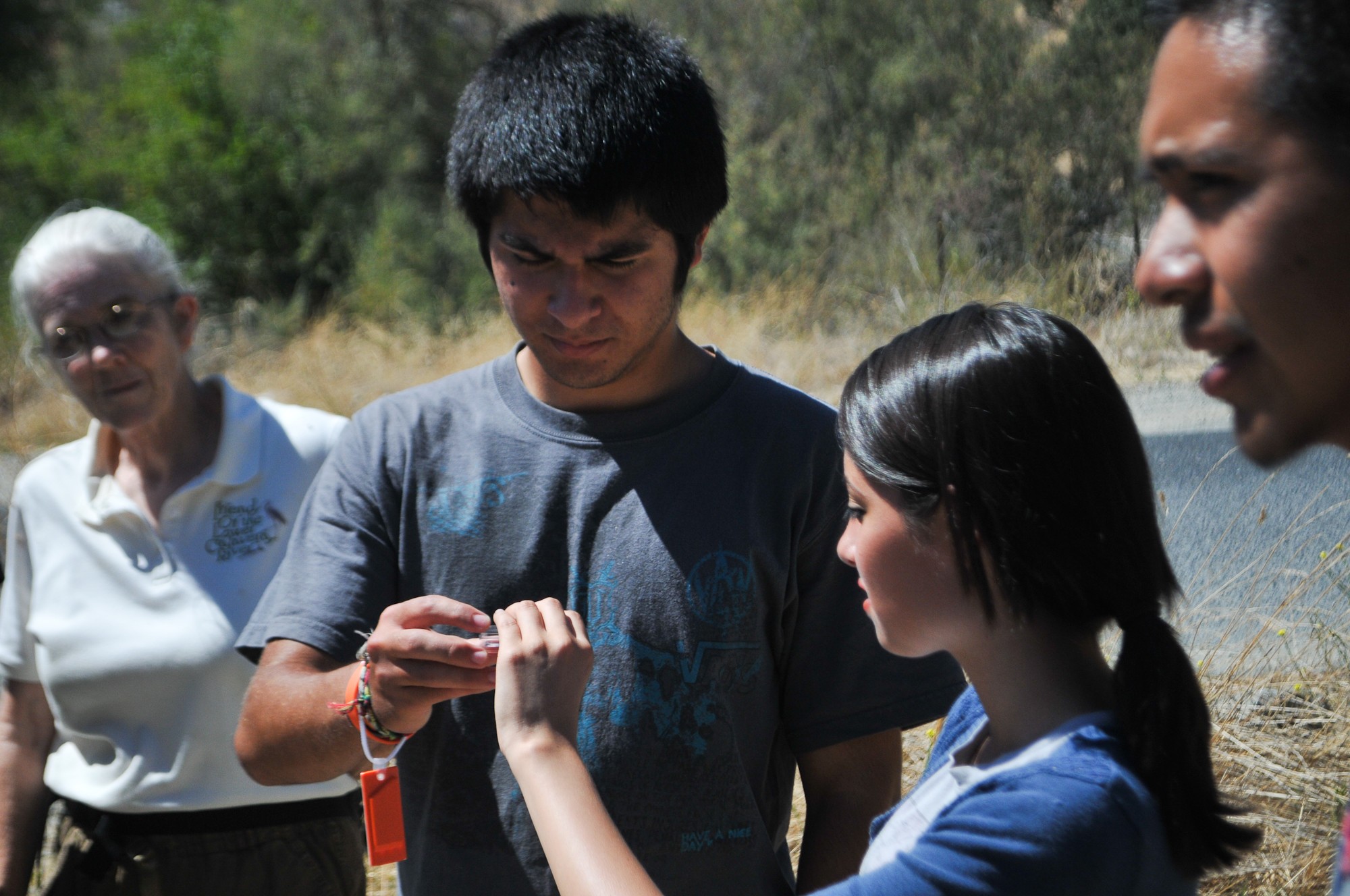

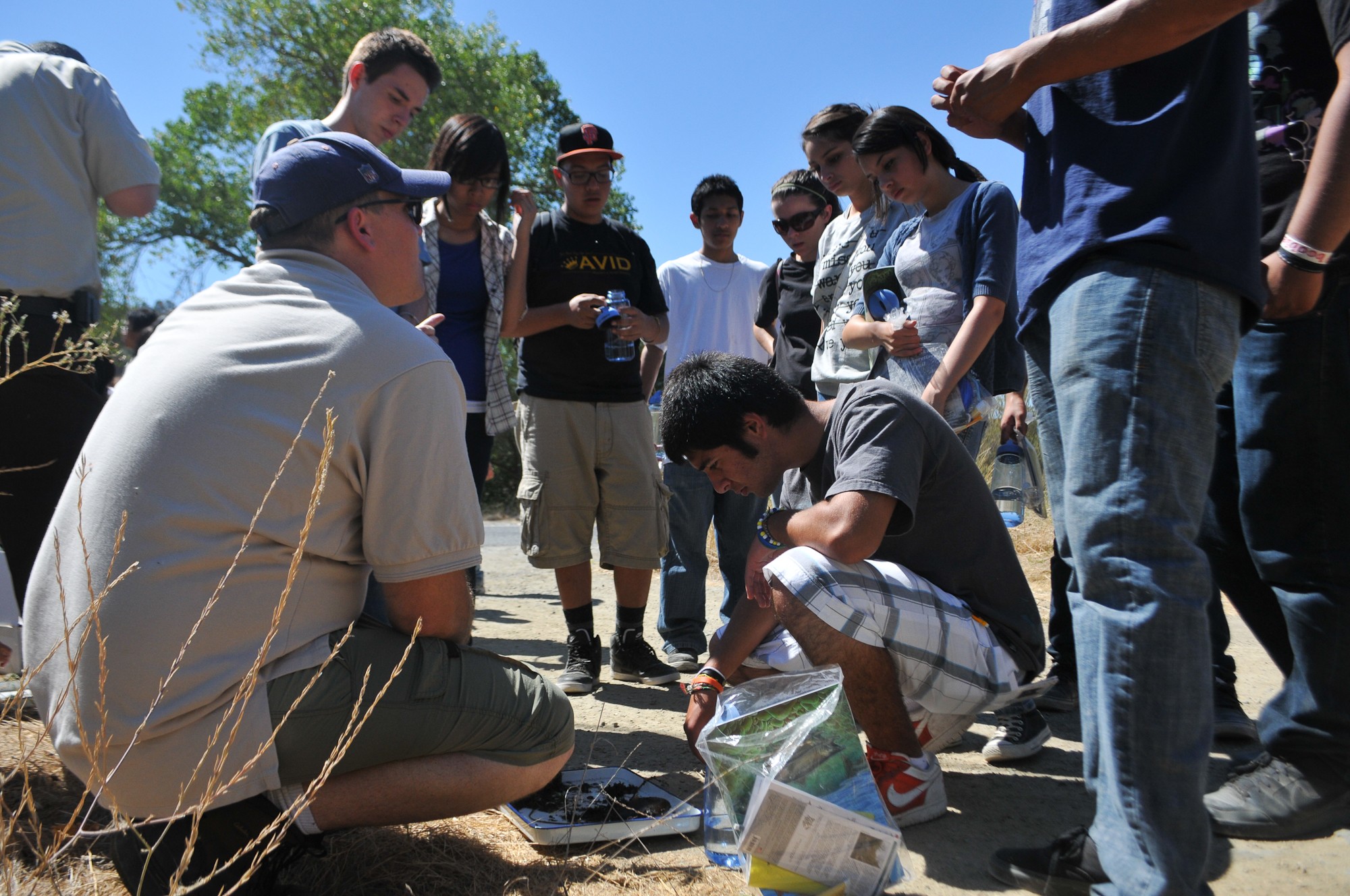
Social Sharing